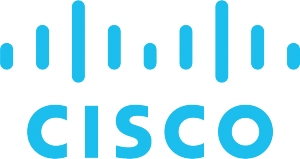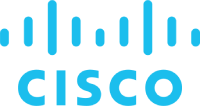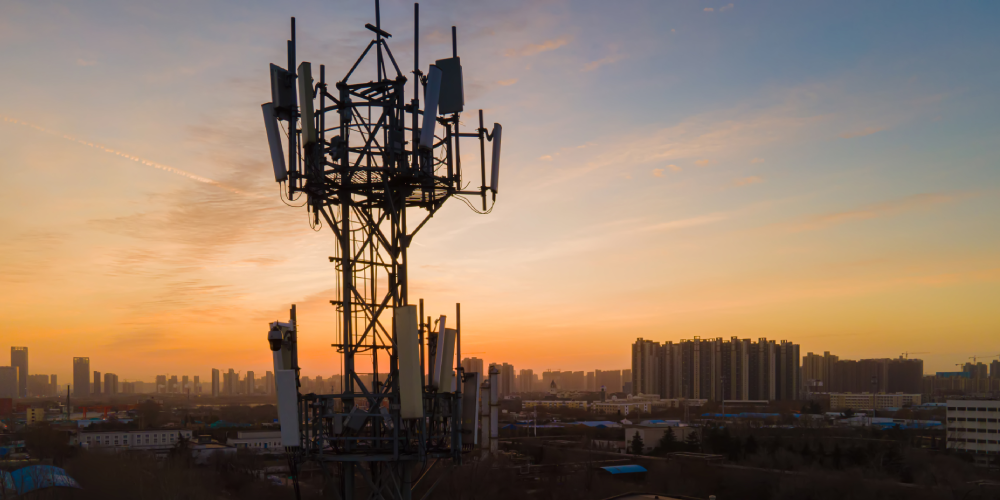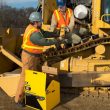Inclusive Infrastructure: Broadband Access for All
Access to reliable, secure, high-speed, quality internet service is a “human right” for everyone on the planet. Much like having access to clean water and affordable energy, access to quality broadband is a necessity to help bridge the social, economic, and digital divide of our citizens.
A Cisco executive perspective from Gary DePreta
Access to reliable, secure, high-speed, quality internet service is a “human right” for everyone on the planet. Much like having access to clean water and affordable energy, access to quality broadband is a necessity to help bridge the social, economic, and digital divide of our citizens.
Building an inclusive future for all
One issue the pandemic exposed is our Nation’s Digital Divide. An unequal experience between those who had access to high-speed internet and those who did not. It became clear, this was no longer simply a “rural broadband” issue. Many of those who were left behind were those in our metropolitan areas. Our most vulnerable population were our nation’s children and our teachers who heroically attempted to educate under the most stressful conditions.
Unfortunately, the American Society of Civil Engineers estimates that 65% of counties have an average connection, or lower, than the FCC’s definition of broadband. And an estimated 1 in 5 school-aged children lack the high-speed connection needed to access lessons and other materials. That’s why we must focus on creating an inclusive infrastructure that provides greater broadband access in both rural and low-income areas.
Furthermore, we have known for quite some time that our nation’s economic future (and present) is dependent on a robust Digital Economy. Broadband is more than high-speed internet access. It is a powerful tool for the delivery of essential services, such as education and healthcare, and increases opportunities for individual empowerment and more sustainable environments. When properly leveraged, a strong foundation for high-speed broadband promotes social development in communities throughout our country.
Regardless of the causes, our nation requires a new way of thinking to solve this issue once and for all.
A national priority: government and industry
Expanding community access and bridging the digital divide is a top priority for Cisco and our leaders. Creating an inclusive infrastructure is key to our efforts.
U.S. infrastructure is aging rapidly, and the last year and half has highlighted this issue. The shift to remote operations by both the public and private sector, destructive cyberattacks, and environmental crisis accelerated by climate change are just a few. The world’s concept of infrastructure is changing and our investments in it need to change as well. We must now help develop residents of our communities as well as serve them.
Taking a deeper dive into inclusive infrastructure
Rebuilding our nation’s digital infrastructure cannot be solely dependent on the free-market economic principles that serve most sectors of our economy. The economics for private sector companies to close this digital/economic divide alone are unrealistic.
We believe this will require a joint effort between Government at every level (Federal, State, Local) and industry thought leaders coming together. We believe we have an opportunity to jointly create a national infrastructure that more resembles a utility (e.g. water, electricity, etc.) which serves all of our citizens equally.
At Cisco, we are committed to powering an inclusive future for all. Helping our nation solve community access and bridging the digital divide is a top priority for our company.
We are excited to lead this journey alongside our government leaders.
Take a deeper dive into inclusive infrastructure
- Use cases and technologies for inclusive connectivity in our communities.
- Solutions to bridge the digital divide and expand community broadband.
Additional resources
- Discover how Cisco is helping communities power greater digital and economic equity while improving government operations
- Find out how Cisco is working to bridge the digital divide
- Dive into Canutillo Independent School District’sblueprint for student digital equality
Brought to you by:






















